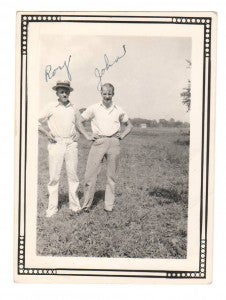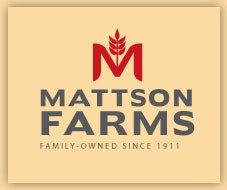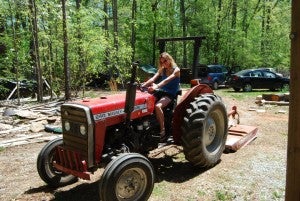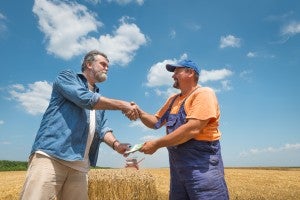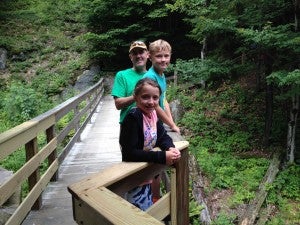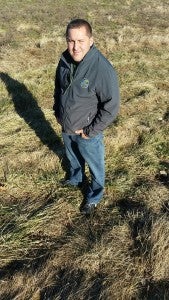I once dreamed of pursuing a career in public radio and becoming the next Cokie Roberts. Not surprisingly, my life took me in a much different direction. The catalyst was a two-year Peace Corps stint in biodiversity-rich Ecuador that led me towards a career in conservation. But I never steered too far from my agricultural roots, and today my farming life has come full circle.
I grew up on a small farm in rural Ohio, surrounded by fields, woods, wetlands and a menagerie of animals. My grandfather lived next door and every day I’d tag along with him and help vaccinate the chicks, collect eggs, bale hay, and feed the cows.
Thanks to the responsibilities he gave me as a young child, I feel a special connection to the farmers I work with today as they face pressure to increase their yields without polluting the water supply or surrounding ecosystem.
Here’s my agricultural story, and why I believe that a new program called NutrientStar will positively impact both farmers’ businesses and the surrounding ecosystem. Read More










